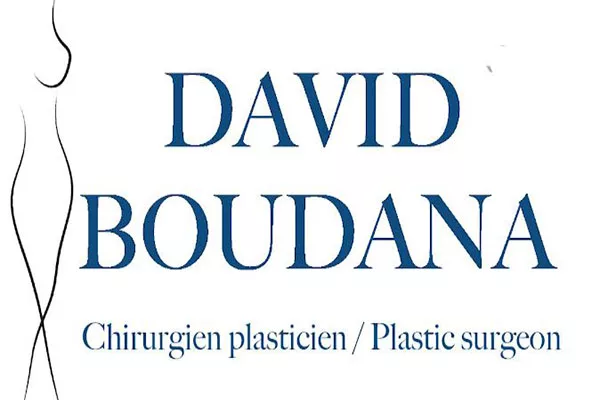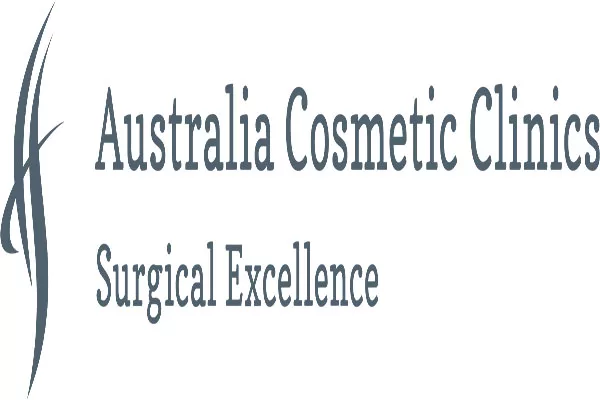Tummy tuck, also known as abdominoplasty, is a cosmetic surgical procedure that helps to flatten the abdomen by removing excess skin and fat and tightening the underlying muscles. This procedure is popular among men and women who have lost a significant amount of weight, given birth, or simply can’t achieve a flat and toned stomach through diet and exercise alone. In this article, we will discuss the various types of tummy tuck surgeries, the risks and benefits, the recovery process, and what to expect from the procedure.
Types of Tummy Tuck Surgery
There are different types of tummy tuck surgery, each designed to address different levels of abdominal looseness and excess skin. The most common types are:
- Traditional Tummy Tuck – This procedure involves making an incision from hip to hip, above the pubic area, and another around the belly button. The surgeon then removes excess skin and fat, tightens the abdominal muscles, and repositions the belly button before closing the incisions.
- Mini Tummy Tuck – This is a less invasive procedure that targets the lower abdomen below the belly button. It involves a shorter incision and less skin removal than a traditional tummy tuck.
- Extended Tummy Tuck – This procedure is suitable for patients with a significant amount of loose skin and fat on the abdomen and hips. It involves a longer incision that extends to the sides of the body and allows the surgeon to remove excess skin and fat from the flanks and hips as well.
- Circumferential Tummy Tuck – This type of tummy tuck is also known as a belt lipectomy since it involves removing a belt-like strip of skin and fat from the waistline. It is recommended for patients who have lost a significant amount of weight and have excess skin and fat in the abdomen, hips, and lower back.
Risks and Benefits
Like any surgical procedure, tummy tuck surgery comes with its own set of risks and benefits. Some of the benefits include:
- Flatter, toned abdomen.
- Improved body contour.
- Increased confidence and self-esteem.
- Better-fitting clothing.
However, there are also risks associated with tummy tuck surgery, including:
- Scarring.
- Infection.
- Blood clots.
- Poor wound healing.
- Numbness or changes in sensation.
- Seroma, a fluid buildup under the skin.
- Anesthesia complications.
- Dissatisfaction with the results.
It’s important to discuss the risks and benefits with your surgeon and make an informed decision about whether tummy tuck surgery is right for you.
Before the Procedure
Before undergoing tummy tuck surgery, patients must meet with a board-certified plastic surgeon for a consultation. During this consultation, the surgeon will evaluate the patient’s medical history, examine their abdominal area, and discuss their goals for the procedure.
The surgeon will also give specific instructions on how to prepare for the surgery. This may include:
- Quitting smoking at least six weeks before surgery.
- Avoiding certain medications and supplements that can increase bleeding risks.
- Stopping eating and drinking at least six to eight hours before surgery.
- Arranging for transportation to and from the surgery center.
- Coordinating post-operative care with a family member or friend.
- Filling prescriptions for pain medication, antibiotics, and any other necessary medications.
- Arranging for time off work or other obligations for several weeks after surgery.
Patients are encouraged to ask questions and voice any concerns they may have during the consultation to ensure they feel comfortable and prepared for their procedure.
The Procedure
Tummy tuck surgery is typically performed under general anesthesia and takes 2-5 hours, depending on the extent of the procedure. The steps of the surgery will vary depending on the type of tummy tuck being performed.
In a traditional tummy tuck, the surgeon will make an incision from hip to hip, above the pubic area, and another around the belly button. They will then remove excess skin and fat and tighten the underlying abdominal muscles. The surgeon will also reposition the belly button to achieve a natural-looking result.
In a mini tummy tuck, the surgeon will make a shorter incision beneath the belly button and remove a smaller amount of skin and fat. This procedure typically only involves tightening the lower abdominal muscles.
In an extended or circumferential tummy tuck, the surgeon will make a longer incision that extends to the back and remove excess skin and fat from multiple areas of the body, in addition to tightening the abdominal muscles.
After the surgery is complete, the surgeon will close the incisions with sutures or surgical glue and apply dressings and a compression garment to reduce swelling and support the healing process.
Recovery
After tummy tuck surgery, patients will need to stay in the hospital for a day or two to monitor their recovery progress. Pain management medication is typically provided to help manage discomfort during the initial recovery period.
Once released from the hospital, patients will need to follow specific post-operative instructions to ensure proper healing, including:
- Wearing a compression garment to reduce swelling and discomfort.
- Avoiding strenuous physical activity and heavy lifting for at least six weeks.
- Taking medications as prescribed, including antibiotics and pain medication.
- Keeping the incision area clean and dry.
- Eating a healthy diet rich in nutrients to support the healing process.
- Attending follow-up appointments with the surgeon to monitor healing progress and remove drain tubes, if necessary.
Patients can expect to experience some swelling, bruising, and discomfort during the initial recovery period, but these symptoms will gradually improve over several weeks. It’s essential to listen to your body and rest, gradually increasing activity levels as directed by your surgeon.
Results
The results of a tummy tuck surgery can be dramatic and long-lasting if proper post-operative care is taken. Patients can expect to see a flatter, more toned abdomen and a smoother body contour. However, it’s important to note that tummy tuck surgery is not a substitute for a healthy lifestyle, and weight gain can reverse the results of the procedure.
Patients can maintain their results by:
- Eating a healthy diet and exercising regularly.
- Maintaining a stable weight.
- Practicing good skincare to minimize scarring.
- Avoiding tobacco and alcohol.
It’s important to discuss your expectations for the procedure with your surgeon to ensure they can achieve the desired result, and patients should be prepared for a several week to several month recovery period before fully enjoying their results.
Cost
The cost of tummy tuck surgery can vary depending on several factors, including the type of procedure, surgeon’s location and expertise, and the amount of time required for the operation. In general, tummy tuck surgery can cost from $3,000 to $12,000 or more.
It’s important to remember that tummy tuck surgery is typically not covered by insurance, as it is considered a cosmetic procedure. However, some financing options, such as payment plans or medical credit cards, may be available. Patients should discuss financing options with their surgeon or medical provider before the procedure to make an informed decision.
Choosing a Surgeon
Choosing a skilled and experienced plastic surgeon is a critical step in achieving the best possible results from tummy tuck surgery. Patients should research potential surgeons thoroughly, considering factors such as:
- Board certification: Look for a surgeon who is board-certified by the American Board of Plastic Surgery or a similar organization in your country.
- Experience: The surgeon should have experience performing tummy tuck surgeries and a portfolio of before-and-after photos to demonstrate their skill.
- Personalized care: The surgeon should provide individualized care and take the time to explain the procedure, risks, and benefits.
- Facility accreditation: The facility where the surgery is performed should be accredited by a reputable organization, such as the American Association for Accreditation of Ambulatory Surgery Facilities.
- Patient reviews: Look for reviews from previous patients online or through word-of-mouth recommendations.
- Trust: Choose a surgeon with whom you feel comfortable and confident.
By choosing a qualified and experienced surgeon, patients can feel assured they are receiving high-quality care and the best chance of achieving their desired results.
Conclusion
Tummy tuck surgery can help men and women achieve a flatter, more toned abdomen and improved body contour. However, it’s important to carefully consider the risks and benefits before undergoing the procedure, and to choose a skilled and experienced plastic surgeon to perform the surgery.
By following pre-operative and post-operative instructions and maintaining a healthy lifestyle after the procedure, patients can expect long-lasting results and improved confidence and self-esteem.
References:
1. American Society of Plastic Surgeons. Tummy tuck: What you need to know. [online] Available at: <https://www.plasticsurgery.org/cosmetic-procedures/tummy-tuck> [Accessed 3 Aug. 2021].
2. Mayo Clinic. Tummy tuck. [online] Available at: <https://www.mayoclinic.org/tests-procedures/tummy-tuck/about/pac-20384892> [Accessed 3 Aug. 2021].
3. WebMD. Tummy tuck surgery (abdominoplasty). [online] Available at: <https://www.webmd.com/beauty/cosmetic-procedures-tummy-tuck> [Accessed 3 Aug. 2021].
4. American Society of Plastic Surgeons. Tummy tuck surgery. [online] Available at: <https://www.plasticsurgery.org/cosmetic-procedures/tummy-tuck/surgery> [Accessed 3 Aug. 2021].”







